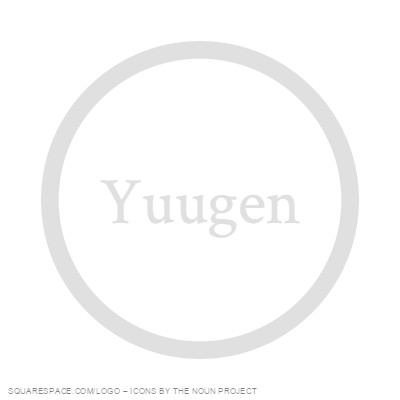Ryôanji
Ryôanji is one of the most famous Zen temples in Japan for its rock garden. Founded in 1450 by Hosokawa Katsumoto, deputy to the Ashikaga Shogunate. It is believed that the hojo, or the main hall, was built in 1499 along with the rock garden, but what is known is that the temple was burned down several times during the Onin War (1467-1477) and rebuilt by Katsumoto's son Masamoto.
For the casual: 10. For the educated: 10.
Well, to say the least, Ryôanji is a UNESCO World Heritage Site. Of course, most of the major places in Kyoto are, but that's why they're so important to go visit. Ryôanji is one of the greatest places to go visit. It's far more relaxing than other major temples like Kinkakuji or Kiyomizu-dera because it is far more secluded and it doesn't have the over the top tourism drawing factor like gold. That being said, the architecture, the rock garden, pond, and so much more make the temple a huge attraction for those that know about it. Expect crowds but nothing like that of Kinkakuji.
In this UNESCO rock garden, there are 15 stones but only 14 are ever visible.
